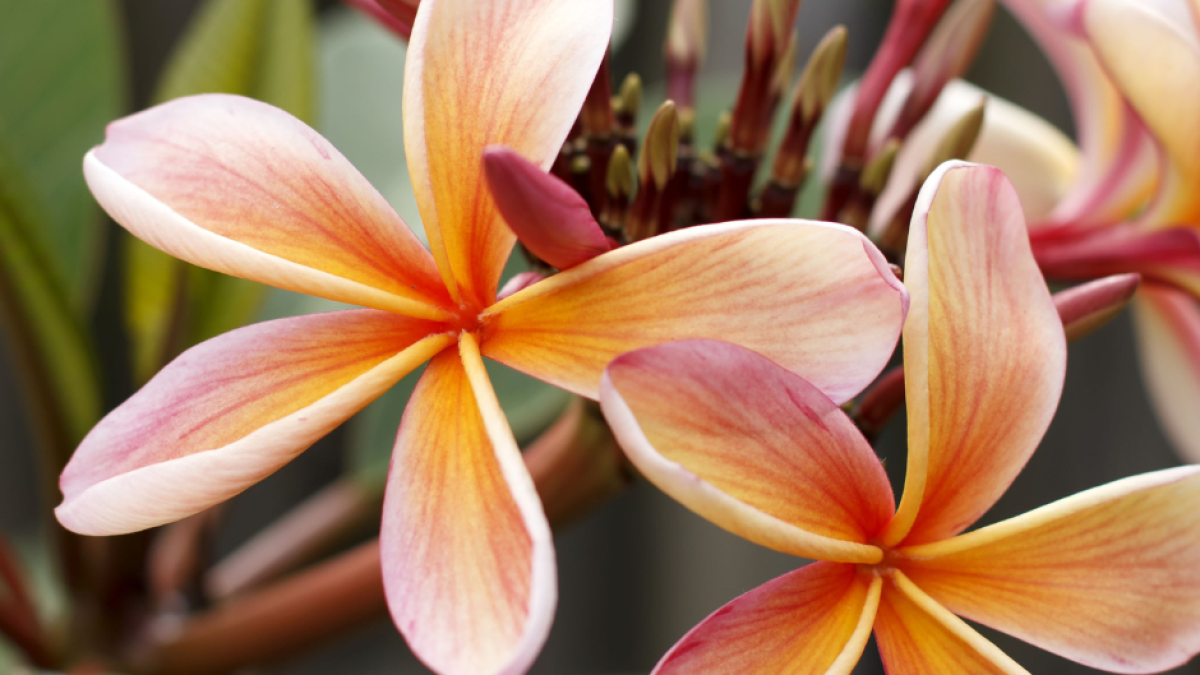The dopamine fasting experiment

Read this blog about my recent experiment with dopamine fasting, and what that concept even means.
My Recent Dopamine Fasting Experiment
In a world where instant gratification is always within reach, the concept of dopamine fasting has garnered significant attention, largely due to Dr. Anna Lembke’s work. As a psychiatrist and author of Dopamine Nation: Finding Balance in the Age of Indulgence, Dr. Lembke explores our relationship with pleasure, pain, and the neurochemical dopamine. Dopamine fasting offers a framework for achieving balance in our lives.
What Is Dopamine?
Dopamine is a neurotransmitter commonly referred to as the “feel-good” chemical. It plays a crucial role in the brain’s reward system, signaling pleasure and reinforcing behaviors that lead to rewards. However, in today’s world, where stimuli such as social media, food, and entertainment are overwhelmingly present, our dopamine levels can become dysregulated. This leads to overindulgence, addiction, and a diminished capacity to enjoy everyday activities.
The Concept of Dopamine Fasting
Dopamine fasting doesn’t mean eliminating dopamine altogether—something that’s impossible—but instead involves temporarily reducing exposure to activities and stimuli that artificially spike dopamine levels. The aim is to reset the brain’s reward system and cultivate a more balanced relationship with pleasure and pain. By reducing stimuli, we can lower our baseline dopamine levels, allowing us to experience joy in simpler, less stimulating activities.
My Experiment
I decided to experiment with dopamine fasting during the holidays while at a retreat in Bali. Surrounded by the calm of nature and with plenty of free time, it seemed like the perfect opportunity to disconnect from distractions: smartphones, work, phone calls, TV, and other stimuli. I dedicated a few hours each day to simply sitting and observing the frangipani trees and lush green garden around me.
At first, I found myself feeling restless. There was an urge to constantly seek something, the familiar pull of addiction, as my body seemed trapped in the all-familiar perpetual fight-or-flight mode of subtle restlessness and unease. I would scan my surroundings for an elusive “something” to take the edge off. For example, I’d sit down, ready to focus on nature, only to find myself adjusting my position to achieve maximum comfort. I’d then crave another cup of tea or think about journalling or reading to “maximise” my spiritual growth. This cycle of distraction was unrelenting.
Pema Chödrön, in her book When Things Fall Apart: Heart Advice for Difficult Times (1997), talks about "the art of refraining." She describes refraining as the quality of not immediately seeking entertainment or filling a gap when boredom arises. By refraining, we connect with our "basic groundlessness," a core truth of human existence: uncertainty, discomfort, and vulnerability. Chödrön explains that through refraining, we begin to recognise a space between the arising of cravings, loneliness, or restlessness and our actions. This space, though uncomfortable, offers an opportunity for breaking through the discomfort. She suggests that learning to refrain helps us connect with our fundamental restlessness and, ultimately, experience spaciousness.
In my experiment, this is exactly what started to happen. Over time, I settled into the practice of simply being, accepting the present moment. It became a joyous experience—just sitting, letting my vision blur, hearing the sounds around me deepen, seeing the colors intensify, and feeling my mind become calmer and more spacious. Importantly, my thoughts began to shift to a more positive and settled place. What began as a challenge turned into a subtle spiritual experience—just being alive, being with God, and feeling at ease.
After a few days of this practice, I felt a deep yearning to continue. My system needs quiet. There was a sense of relief in my body, a release from the perpetually heightened state of my nervous system. I also noticed an influx of clarity and spiritual guidance in relation to challenges that had been weighing on me. It made me appreciate the simplicity of life—like the colour of a flower or the sound of rain—and find contentment in savouring these moments rather than constantly seeking more.
My Conclusion
Returning to the world of technology, airports, and the constant chatter of people after those hours of silence felt overwhelming. It made me question how much longer we, as humans, can sustain the accelerated pace of modern life. My body and mind are yearning for a quieter existence, yet it’s challenging to implement such a lifestyle in today’s world.
However, I’ve realised there are steps I can take to move toward a calmer life. Scheduling time for stillness and doing nothing is essential. In a world filled with distractions, taking time to fast from high-stimulation activities can lead to profound insights and a more balanced life. As we navigate the complexities of modern living, dopamine fasting offers a path to reclaim our well-being and restore balance.
Categories: : Recovery

Acknowledgement of Country
I recognise the history, culture, diversity and value of all Aboriginal and Torres Strait Islanders, and acknowledge their Elders past and present.
I acknowledge that sovereignty has never been ceded, and support reconciliation, justice and the recognition of the ongoing living culture of all First Nations people by providing welcoming and culturally informed services.
Embracing inclusivity and diversity, I also support a culture of inclusion, respect, choice, voice and diversity and am committed to supporting all people to be mentally well and engaged in their communities.
 Vanessa Kredler
Vanessa Kredler 
